Part 2 Balance of a Yacht to Windward
Part 2 Effect of Changing Wind Direction and Wind Speed
1.0 What happens when the wind changes direction?
Most racing model yachts, including my Soling 1metre and my IOM are able to sail to windward and follow moderate wind shifts without the helmsman doing anything for some period of time: To understand how this can occur we need to look at what happens if the wind changes direction.
Figure 2 shows the water and wind forces during a period of steady wind, shown by the full lines on the figure. The water and wind forces balance and line up, both forces intersecting the centre line at point C. If there is a lift in the wind, i.e. the wind backs in the diagram, the wind force will move with it from the original position AB to some position like AB’(shown as a dotted line). Now the line of action of this new force goes behind the existing water force, intersecting the centre line at C’ creating a moment that will turn the boat up into the wind, decreasing the apparent wind angle. This will be made a bit more dramatic since the larger angle of attack of the wind on the sails will increase the wind force, heeling the boat. (A discussion of the effect of heeling is given in the next section). When the apparent wind angle reaches the old value the forces line up again and the boat will steady onto a new course.
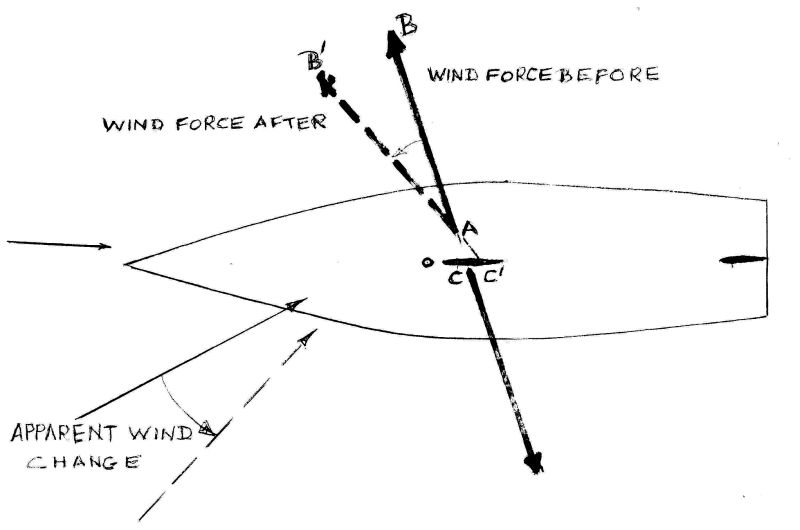
If the wind heads the boat, the reverse occurs. The wind force will rotate the other way and the line of the force will move ahead of the water force creating a moment that turns the boat away from the wind.
One important matter that comes out of this is that if the sails are too far out or with both leeches off too twisted, the boat may sail nicely but too far off the wind. The reverse is also true if the leeches are too tight. Thus just because the boat is well balanced does not mean it is at its fastest.
Of course if the wind heads too much too quickly the boat may end up in irons or on the other tack! There are some things that can mess up this automatic response. The primary one is wave action but the rotational inertia and water resistance to turning of the boat may either cause a response that is either too slow or too fast.
2.0 What happens when the wind strength increases?
Everyone who has raced sailing boats has experienced the euphoria of finding themselves keeping up with the hotshots, then a few gusts come through and the euphoria dissolves as the hotshots suddenly gain many boat lengths. It is an illustration yet again that it is not steady state straight line speed that separates the hotshots from the rest so much as the ability to handle unsteady conditions. Now the techniques for handling gusts and lulls vary from venue to venue and class to class and the details are arcane to those with the particular experience required. However, there are a few common principles and that is all we can cover here.
The full lines in Figure 3 show the steady wind situation, with wind and water forces equal and opposite. When a gust comes, even if the true wind direction does not change, this equilibrium is disturbed in several ways.
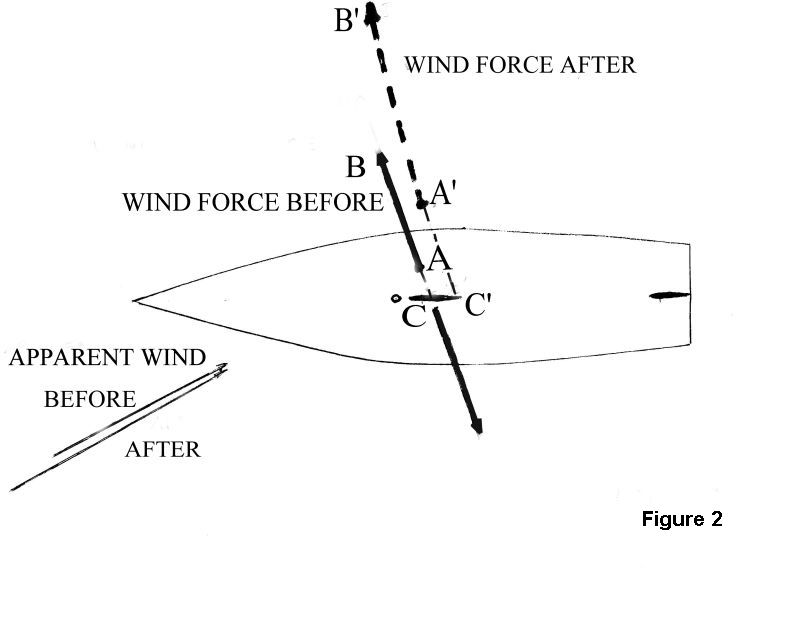
As the wind force increases it causes the boat to heel. This has the effect not only of increasing the wind force but also of moving its point of application from the initial point A to a point A’ further outboard so that the line of its force intersects the centre line further aft at point C’ instead of C. The increased true wind will also mean a lift in the apparent wind direction that adds to the effects above. The heeling of the boat also means that the line of action of the water drag forces change, the hull drag goes to leeward while the keel and rudder drags go to windward. However, the net effect of these movements on the line of action of the resultant of the water drag forces is small relative to that of the wind forces. Several things follow from these effects.
The wind force tries to turn the boat to windward and more weather helm is needed to bring the water force back into line with the new wind force and this effect is probably exacerbated by the hull side force moving forward as the boat heels, though this depends on the hull shape. If the helm is not touched, the boat will head closer to wind and this will tend to decrease the side force and restore the equilibrium as it did for a wind shift without any wind strength change.
Colin Thorne
July 2008
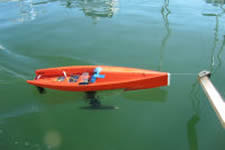
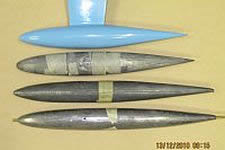
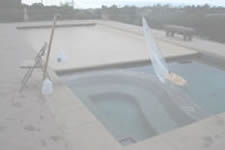
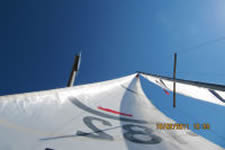
 Behaviour
Behaviour